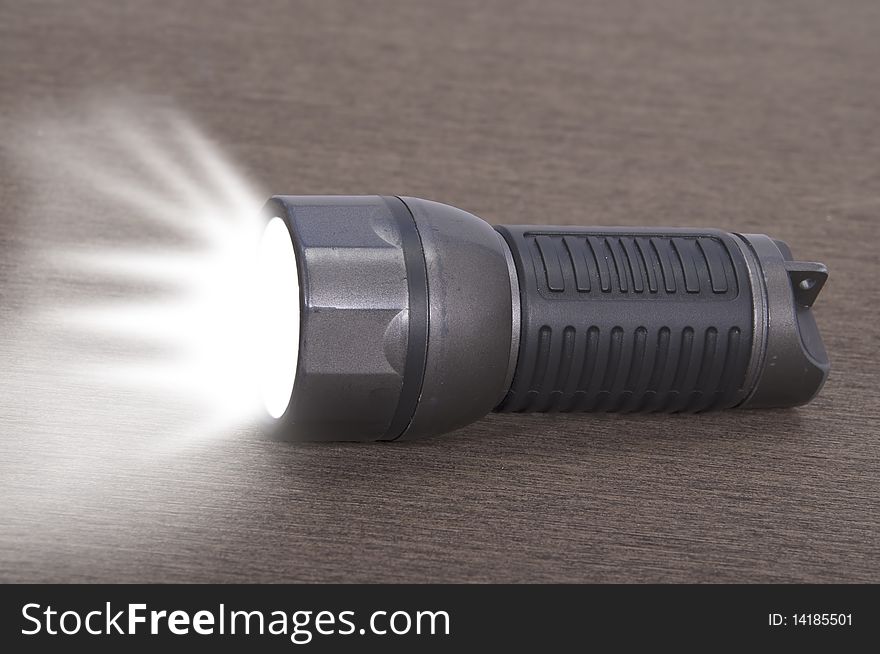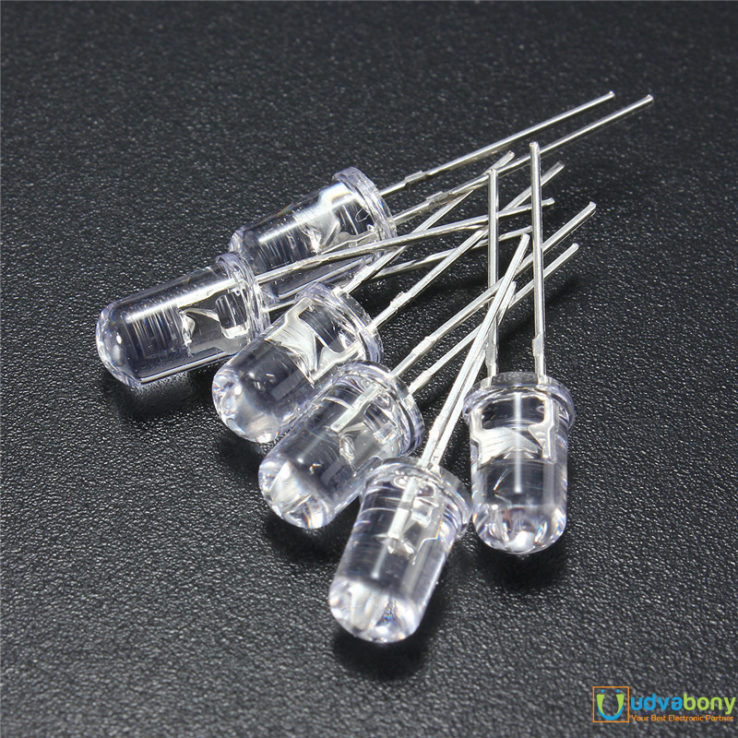
:max_bytes(150000):strip_icc()/__opt__aboutcom__coeus__resources__content_migration__treehugger__images__2013__12__materials-2568d6d02d2a48088d9f55f06cc3175e.jpg)
*about 300 feet each of two gauges of enamel coated magnet wire.


The exact dimensions are flexible, so long as you have room for all the components. *a 3 x 6 inch piece of perforated circuit board, like this stuff. *1 Ne-2 high voltage miniature neon bulb. This will allow you to tune the device and regulate the speed of the wheel. *1 potentiometer, with resistance varying between 1 Ohm to 5,000 Ohms. Other types will work as well, just make sure they can handle the voltage. These are sold to protect inner tubes from rubbing against the heads of the spokes. *1 1/2 inch wide, 14 or 15 inch diameter rubber bike wheel liner. Contrary to what you often hear and read, you do not have to use expensive neodymium magnets in fact, in some applications they can be too strong for successful operation. The magnets do not have to be any certain shape, but they ought to be large enough to affix to the inch-wide bicycle rim. (This is a rating of magnetic intensity.) I used rectangular magnets bought from a dealer on eBay, but you can get the same magnets from Radio Shack, Catalog #: 64-1895 or online. *12 ceramic-ferrite magnets, preferably rated C8. The rim can be plastic, spoked or spokeless, but it can't be steel. MATERIALS LIST TO BUILD A 16 INCH BEDINI SSG MOTOR/GENERATOR *1 16 x 1 inch aluminum bicycle wheel (no tire!). I learned to build it after studying videos of working versions on the Internet, drawing on my own past experiments in building electrical projects at home. My version here is not endorsed by John Bedini, his company, or anyone but myself. Though the SSG is under patent, anyone is allowed to build one for their own use. What the SSG device does is pretty clear, and that's what we're going to build. Bedini has his own theories about energy which are not widely supported by scientists, but it is not my purpose to present his theories or criticize them. This became know as his "School Girl" motor, later adapted as the "Simplified School Girl" (SSG) motor. As the story goes, he designed a simple motor-generator for a friend's daughter to make as a school science fair project. John Bedini has had a long career in electronics and audio engineering. Some of the video is shaky, due to the use of a very small handheld digital camera. The early part is dark, as I left the lights off to better see the flashing LED. Here's a short video of a Bedini SSG machine in operation. So for this project of Making Light from Magnetism, let me next introduce the Bedini SSG device. This effect can be demonstrated with a simple coil of fine copper wire and a magnet, but that's not nearly as interesting as building a device that will generate electricity, charge almost any type of battery, light up a bright LED, and look cool while doing it. Faraday discovered this in the course of several famous experiments I will not detail here. Electromagnetic induction is the creation of potential difference (voltage) through a conductor when it is exposed to a varying or moving magnetic field. This was called electromagnetic induction, and it was another step on a long road of scientific and technological achievement that led to all of us sitting in front of computers, reading on the Internet. It remained for Faraday to close the loop when he showed how magnetism could be used to generate electricity. By 1820, Hans Christian Oersted discovered the first half of the link between electricity and magnetism when he found charged wires affected a compass needle. Alessandro Volta had invented the electric pile, or battery, in 1800. Strange to say, many scientists of Faraday's time did not accept his findings, chiefly because he had no mathematics to back it up (Faraday's laboratory work was empirical and intuitive, and belonged to an older school of scientific research usually called Natural Philosophy). Faraday published the results of his work in 1831, before Henry, and so gets the credit. Michael Faraday and Joseph Henry discovered the principles of electromagnetic induction at much the same time. Great discoveries are sometimes made by more than one person at the same time.


 0 kommentar(er)
0 kommentar(er)
